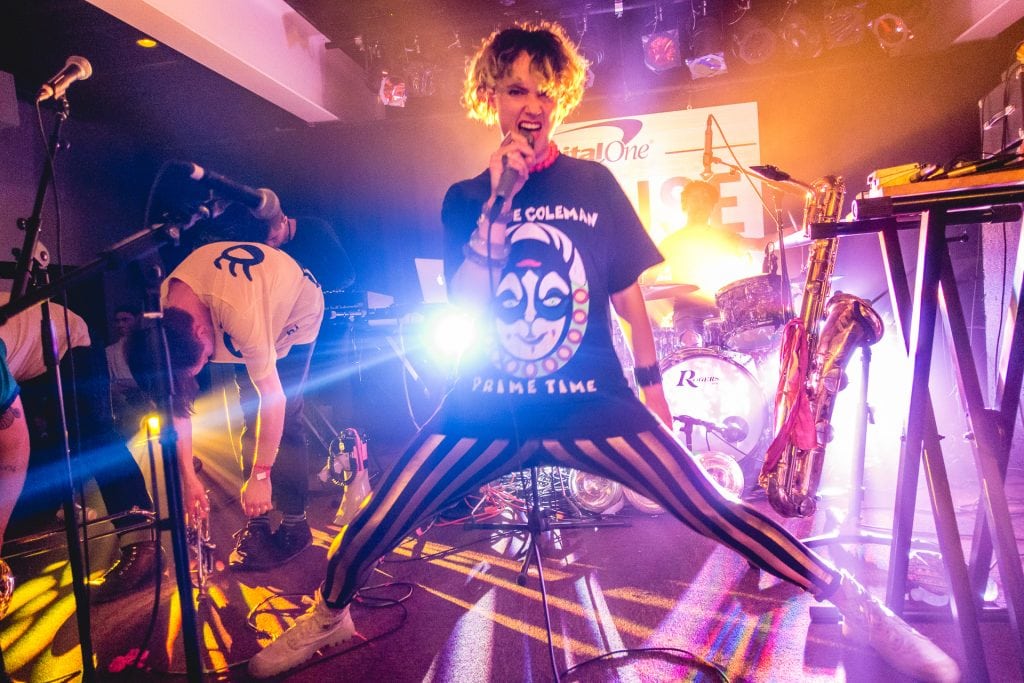South by Southwest's Formula for How to Keep Them Coming Back to Austin

Skift Take
Is it tough to keep it cool and relevant? You bet. But the South by Southwest festival in Austin has found some secrets to packing 'em in every year. SXSW is one of the subjects in Skift’s recent sixth anniversary book, For the Long Haul, Lessons on Business Longevity, whose chapters we are excerpting for you here in the coming weeks.
Jesse DeFlorio always booked his trips to South by Southwest the same way every year, by flying into Austin three days early and flying out of Austin three days late.
For seven years beginning in 2009, the Los Angeles-based music photographer took his talents to Austin, shooting photos of bands performing at the annual, internationally known music, film, and interactive festival. DeFlorio spent his time backstage at PureVolume House, and later, the Hype Hotel, pop-up music venues where up-and-coming artists played shows, and took portraits of all the musicians. South by Southwest was always a working trip for DeFlorio, but he always built in extra time to enjoy and explore the city.
“It’s the live music capital of the world,” he says. “I’ve been touring for 12 years, and I’ve never seen another city with that density of music venues that close to one another.” In other words, making time for arguably the creative capital of the United States was just as important as being part of perhaps the most creative live event of the last 30 years.
What began as a small music festival in 1987 thought up by staffers of a local alt-weekly has morphed into a gargantuan gathering, a conference that incorporates a variety of events not only in the music industry but also in film, technology, government, education, and about a dozen other industries, including gaming, fashion, food, and health. Speakers at the 2018 conference, more commonly known by the abbreviation SXSW and popularly name-checked as “South-by,” included Bernie Sanders, Ira Glass, and Susan Wojcicki.
“We’ve always just tried to put on the best event we could and then looked to see how many people were going to show up,” says Roland Swenson, one of the co-founders and current managing director of SXSW. “We never took it for granted that it would always work. We could have fallen off, and almost did a few times.”
Read About the Secrets to Business Longevity in Skift's New Book, For the Long Haul
South-by’s approach has always been about anticipating the times, making slight changes to an ever-innovating festival, and hoping that people kept coming back. For Swenson and crew, growing SXSW over three decades was as much about playing off of Austin’s appeal to outsiders as it was about letting those outsiders determine the festival’s scope. “Now we have a big health component, a big space exploration component, a sports track,” he says. “It’s mostly re
